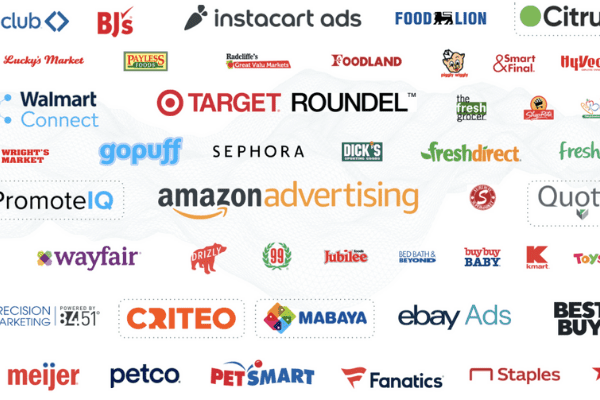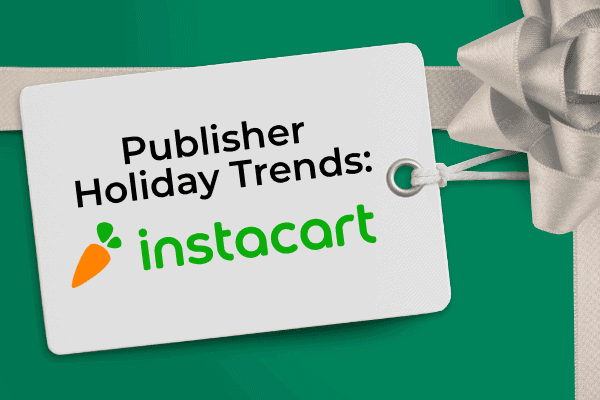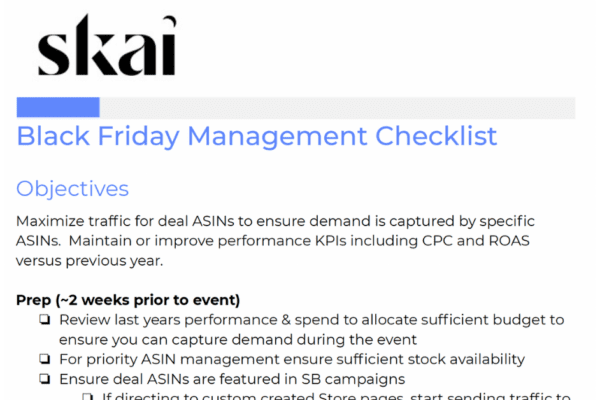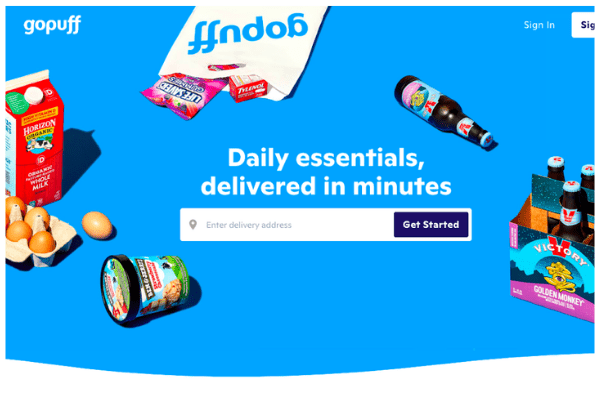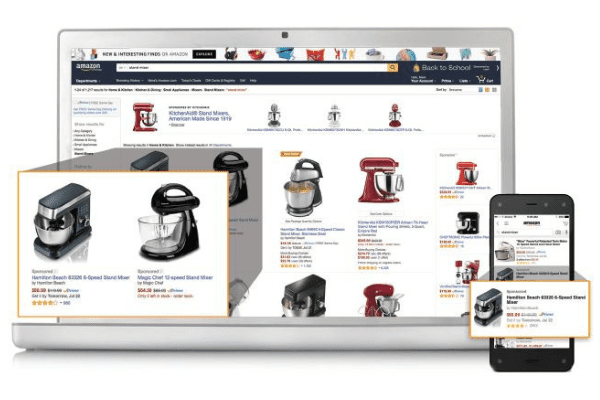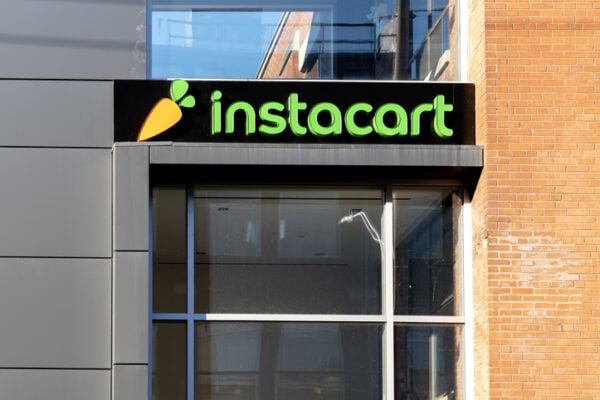
Over the course of the pandemic, Instacart saw its business expand at an unprecedented rate, over 500% in the first year of the pandemic. But even before concerns around Covid-19 caused more shoppers than ever before to explore their delivery options, the online grocery market was slated to grow from 3-30% of total grocery retail by 2025, according to a report by FMI & Nielson published in February 2020.
And even as more businesses are opening their doors, many shoppers still love the ease and convenience of delivery, coupled with Instacart’s wide-ranging relationships with retailers even beyond the grocery industry, such as Walmart, 7-Eleven, Sephora, Best Buy, Bed, Bath & Beyond, DICK’s Sporting Goods, among others. In fact, Instacart now offers more than 500 million products to 9.6 million active users, putting them in the same league as online shopping giants Walmart and Amazon.
For brands who sell their products in any of the stores patronized by Instacart’s millions of shoppers, Instacart ads offer a unique opportunity to reach shoppers on a local level right as they’re browsing the platform’s virtual aisles.
Here are a few tips for grabbing shoppers’ attention with Instacart ads:
Here’s how Instacart ads work
Back in March 2020, Instacart launched a self-service advertising platform, allowing advertisers whose brands are featured in Instacart-serviced stores to offer featured products to customers as they grocery shop online. The advertising platform is fairly simple and features a dashboard where advertisers can create ads and view data around how campaigns are performing, along with tools to adjust campaigns based on that performance data.
And while some Instacart ads are based on keyword bidding, much like similar ads at Google and Amazon, ads can also appear in any stage of the shopper journey, from browsing to searching or even after shoppers have made related purchases.
There are 3 main types of Instacart ads to choose from.
1) Instacart Featured Product Ads
Instacart featured products appear in shoppers’ searches based on keywords, much like similar ads at Amazon or Walmart. So if a shopper is looking for “low sodium chicken stock,” advertisers who won bids on those keywords, then created ads for the product will appear at the top of search results. Featured product Instacart ads are sold based on a cost-per-click (CPU) model with no minimum bid. And, of course, featured product ads aren’t sold for retailers that don’t carry the product. But because these ads are served based on geographic availability and stock levels, they can be an excellent way to reach local customers, especially for seasonal items.
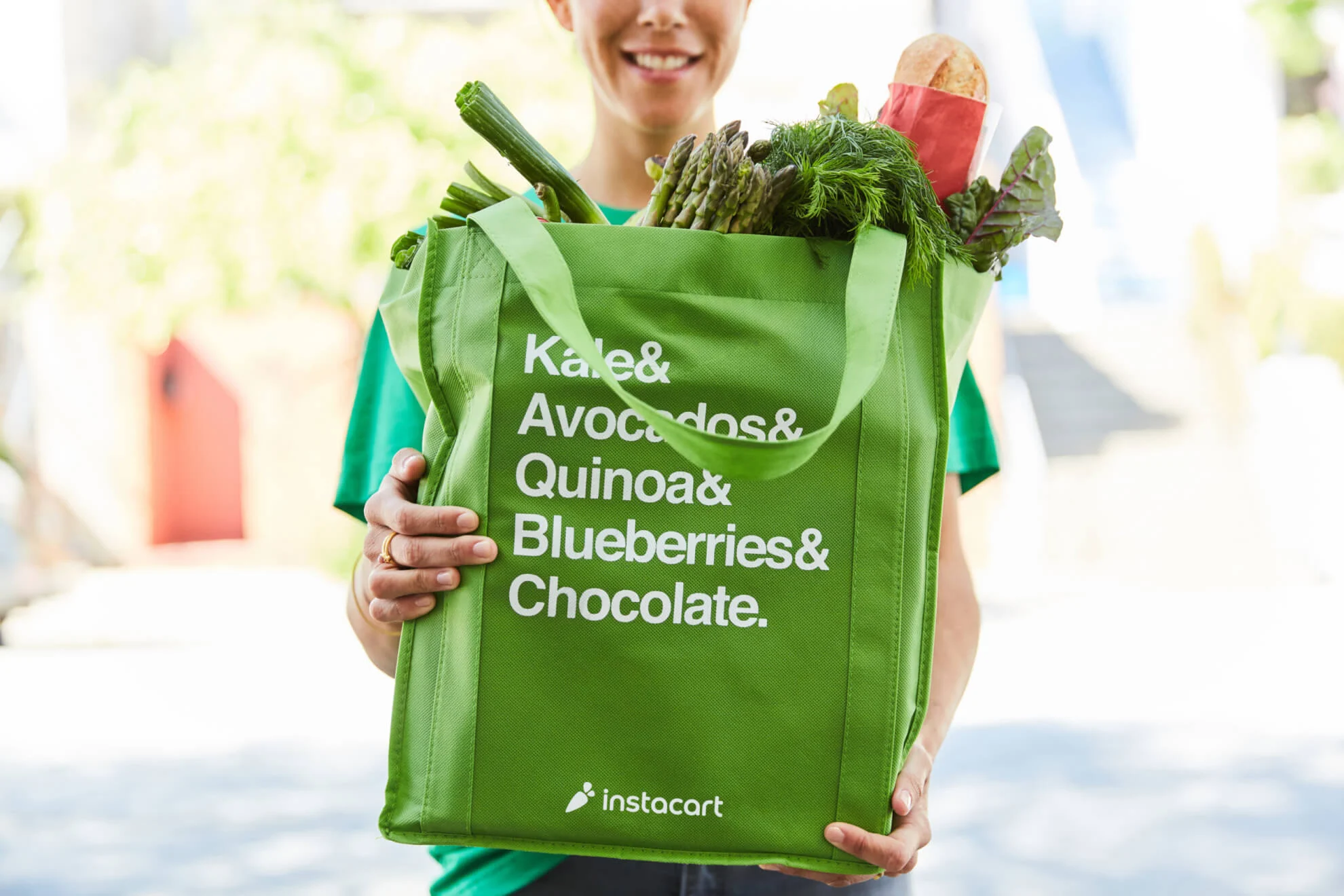
2) Instacart Non-Search Ads
Non-search Instacart ads appear elsewhere across shoppers’ experience, including the Instacart home page, different departments of a retailer’s page, the “Buy It Again” section, and even on competitors’ item pages. Instacart also offers the option to purchase a hero banner, which is placed above search results, much like a traditional banner ad.
And while much of marketers’ focus is often centered around winning keyword bids, these display ad campaigns shouldn’t necessarily be dismissed as ineffective. In fact, according to a recent study out of Stanford, shoppers who encountered a display ad campaign, such as a hero banner, made 5-25% more campaign-related searches than shoppers who didn’t.
3) Other options for Instacart ads
Instacart also offers options for building campaigns around specials and promotions. The platform gives brands the options to run coupons through Instacart itself. These coupons show up beneath search results for selected items and become invalid for 30 days following purchase. Advertisers who offer coupons through Instacart only pay for the coupons that get redeemed.
Another way Instacart allows advertisers to offer savings to customers is through delivery promotions. Research shows that nearly a quarter of shoppers (24%) are willing to spend a bit more in order to qualify for free delivery. Instacart ad campaigns can offer free delivery to shoppers who spend a certain amount in order to encourage purchases.
So which products should you promote via Instacart ads?
For those looking to buy featured product ads, Instacart offers a handy system for predicting the probability of winning a keyword bid. The real-time system highlights keywords advertisers have at least a 50% chance of winning in green, those with at least a 25% chance in yellow, and uses red for keywords advertisers have no chance of winning.
This system allows advertisers to play around with keywords that might be effective, focusing on top-selling items for starters and then branching out to items they’d like to promote, particularly seasonal or locally relevant products. Since there is a 1,000 keyword limit per ad group, constantly culling underperforming keywords and doubling down on successful endeavors is key for maintaining a robust, competitive Instacart ad strategy.
What’s your plan to take your Instacart Ads to the next level?
Because Instacart ads are still relatively new, the time is right for experimentation!
For more information on the ways Skai’s enterprise platform can help your brand reach its growth potential through Instacart ad campaigns, talk to an expert today.

